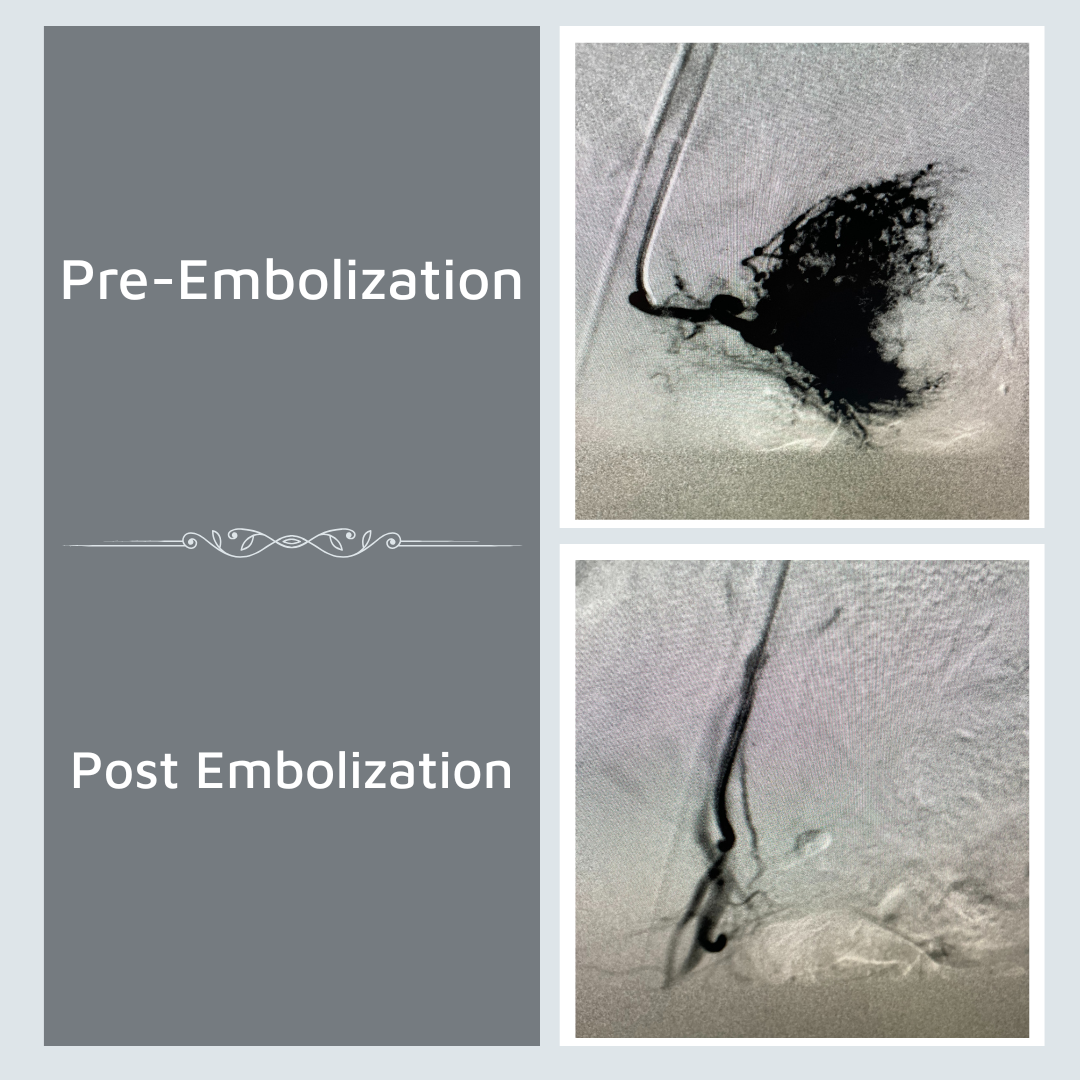
8 Myths About Prostate Artery Embolization (PAE)
Prostate Artery Embolization (PAE) is gaining attention as a safe, minimally invasive treatment for benign prostatic hyperplasia (BPH), an enlarged prostate that affects many men as they age. But despite its benefits, PAE is still surrounded by myths and misunderstandings that can prevent men from considering it as a serious option. Let’s clear up some of the most common myths and share the facts behind this innovative treatment. Myth #1: PAE is experimental and new. Fact: While it may seem…
Prostate Artery Embolization (PAE) is gaining attention as a safe, minimally invasive treatment for benign prostatic hyperplasia (BPH), an enlarged prostate that affects many men as they age. But despite its benefits, PAE is still surrounded by myths and misunderstandings that can prevent men from considering it as a serious option.
Let’s clear up some of the most common myths and share the facts behind this innovative treatment.
Myth #1: PAE is experimental and new.
Fact:
While it may seem new to some, PAE has been performed for nearly 50 years and is supported by a growing body of research. It’s endorsed in guidelines by several respected medical organizations as a viable treatment for BPH, especially for men seeking alternatives to traditional surgery.
Myth #2: PAE is painful.
Fact:
PAE is a minimally invasive, image-guided procedure that typically causes only mild discomfort. Most patients report pain similar to mild cramping, which can be managed with over-the-counter pain relievers. There’s no large incision, just a skin nick. No need for general anesthesia, making it safer than surgical options.
Myth #3: PAE is risky.
Fact:
When performed by a qualified interventional radiologist, PAE has a very low risk of complications, especially when compared to traditional surgical options like TURP (transurethral resection of the prostate). It also avoids many of the side effects associated with surgery, such as bleeding or hospital stays.
Myth #4: Treating my enlarged prostate could lead to erectile dysfunction or incontinence.
Fact:
One of the biggest benefits of PAE is that it preserves sexual function. Unlike traditional prostate surgeries, which can sometimes damage nearby nerves, PAE avoids this risk by targeting only the blood supply to the prostate. As a result, the risk of erectile dysfunction is significantly lower. There is little risk of damaging the muscles of the bladder, making incontinence extremely rare. .
Myth #5: PAE is only for men who can’t have surgery.
Fact:
PAE isn’t just a last resort. It’s a great option for men who want to avoid surgery altogether, whether due to age, medical conditions, or personal preference. It can be effective for both mild and severe BPH symptoms and is especially appealing for those looking for a less invasive solution with fewer side effects.
Myth #6: PAE requires a long recovery time.
Fact:
One of the biggest advantages of PAE is its quick recovery. Most men go home the same day and return to their normal activities within a few days. Compared to surgical recovery, which can take weeks, PAE is much gentler on the body.
Myth #7: PAE isn’t an option if you’ve had prostate surgery before.
Fact:
Even if you’ve had prior prostate surgery, PAE may still be effective. It can be tailored to each patient’s anatomy and history, making it a versatile option, even in more complex cases. On the other hand, getting PAE will not prevent you from undergoing surgery if you decide that is needed later.
Myth #8: PAE isn’t covered by insurance.
Fact:
This is an important one — and fortunately, not true. PAE is now usually covered by private insurance plans and Medicare. As awareness and acceptance of the procedure grow, more insurance companies have begun covering this less invasive, effective procedure. Always check with your insurance provider or call our billing office to confirm coverage
Prostate Artery Embolization is a safe, effective, and patient-friendly option for managing BPH, and it deserves to be better understood. Don’t let outdated myths or misinformation stop you from exploring your options. If you’re experiencing symptoms of an enlarged prostate, talk to an interventional radiologist at BlueRock Medical about whether PAE might be right for you.

Visit Blue Rock Medical today

Visit Blue Rock Medical today
Address
3152 N University Ave, Provo, UT 84604
Phone Number
Hours
Monday - Friday
7am - 6pm
